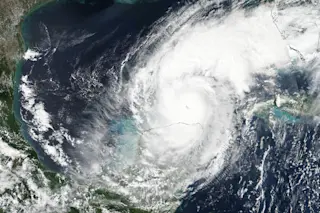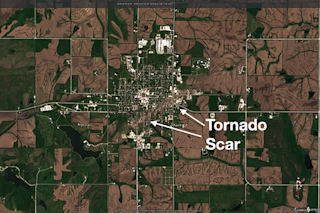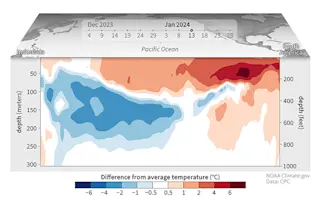1. Rain reigns over us: It’s the main way liquid water, necessary for all earthly life-forms, disperses across the planet.
2. But a 2015 study in Nature Geoscience concluded Earth’s early rain was made of iron. More than 4.5 billion years ago, bits of space rock vaporized upon impact with our still-forming planet, rose up in plumes of rock and iron, and then fell back down as rain.
3. Water-based rain dates back to at least the late Archaean Eon: Researchers have found fossilized raindrop imprints in 2.7 billion-year-old volcanic tuff in South Africa.
4. Acid rain, while still water, leaves a different kind of imprint on many surfaces, corroding metal and eroding limestone and marble. The term, coined in the mid-19th century, typically refers to precipitation with a pH of less than 5.2.
5. Normal rain, by the way, is still slightly acidic, with a pH of about 5.6. ...















